Polishing and grinding robot system, after comparison, the robot equipment has higher grinding accuracy than manual grinding of furniture connectors, such as aluminum chair legs, effectively improving the product qualification rate and service life, thus greatly improving the use effect of the furniture.
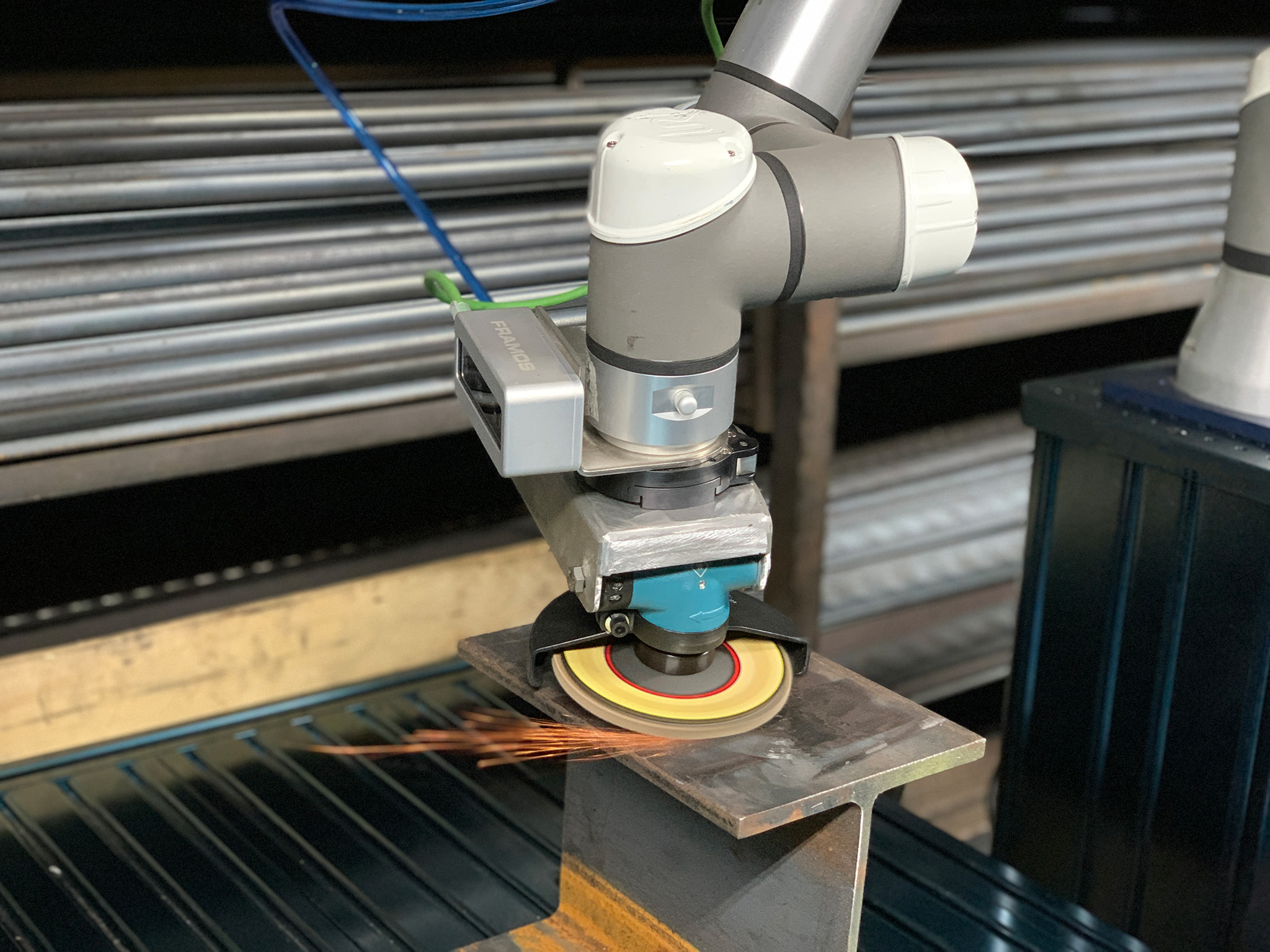
Furniture hardware must meet high standards in finish, uniformity, and repeatability—whether for dining table legs, gas burner frames, or coffee tampers. Precision matters in both mass production and custom design.
Kingstone Robotics provides automated grinding, polishing, and deburring solutions for varied materials and shapes, boosting quality and reducing manual labor.
In furniture hardware, surface finishing is more than cosmetic—it affects functionality, touch feel, assembly alignment, and corrosion resistance. Consumers expect flawless, smooth hardware on chairs, tables, cabinets, or stoves. Automation ensures that expectation is consistently met, regardless of production volume or component complexity.
Polishing enhances the visual and tactile quality of hardware by refining its surface to a smooth or mirror-like finish. In furniture, this applies to stainless steel legs, brass knobs, and aluminium tampers where appearance, fingerprint resistance, and smoothness are crucial for the user experience.
Grinding removes welds, casting seams, or shape deviations from structural parts such as chair legs, table feet, or large metal frames. It is critical to ensure flatness, alignment, and mechanical compatibility prior to coating, painting, or assembly.
Deburring eliminates sharp edges, casting flash, or machining remnants that can affect both safety and aesthetic uniformity. Robotic deburring is particularly important for parts that users frequently touch—door handles, taps, gas burner rings, and fittings—where imperfections are immediately noticeable.
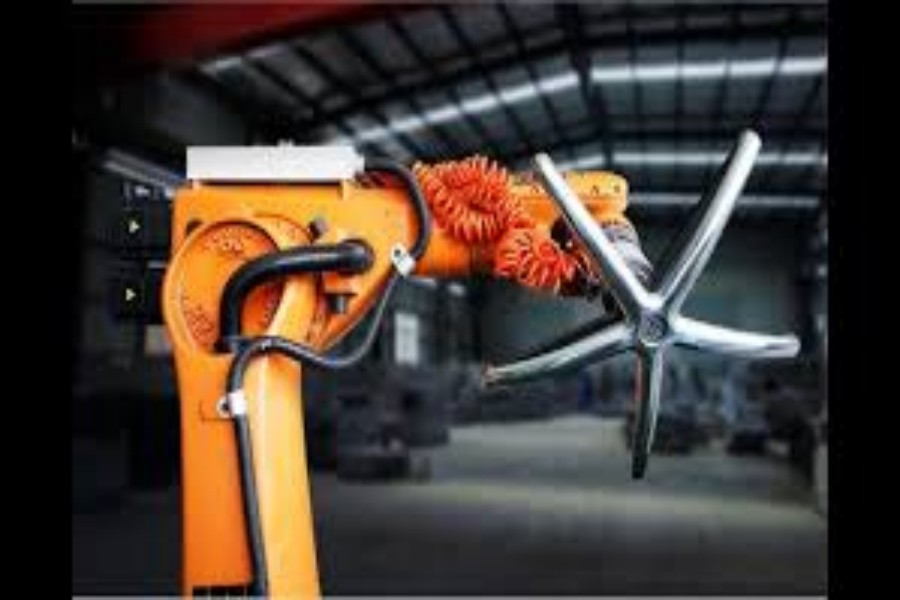
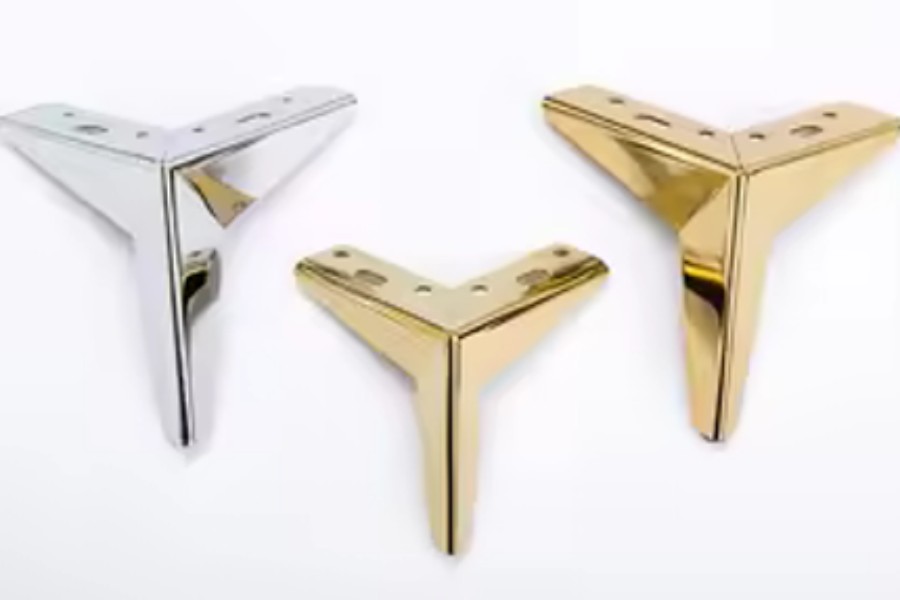

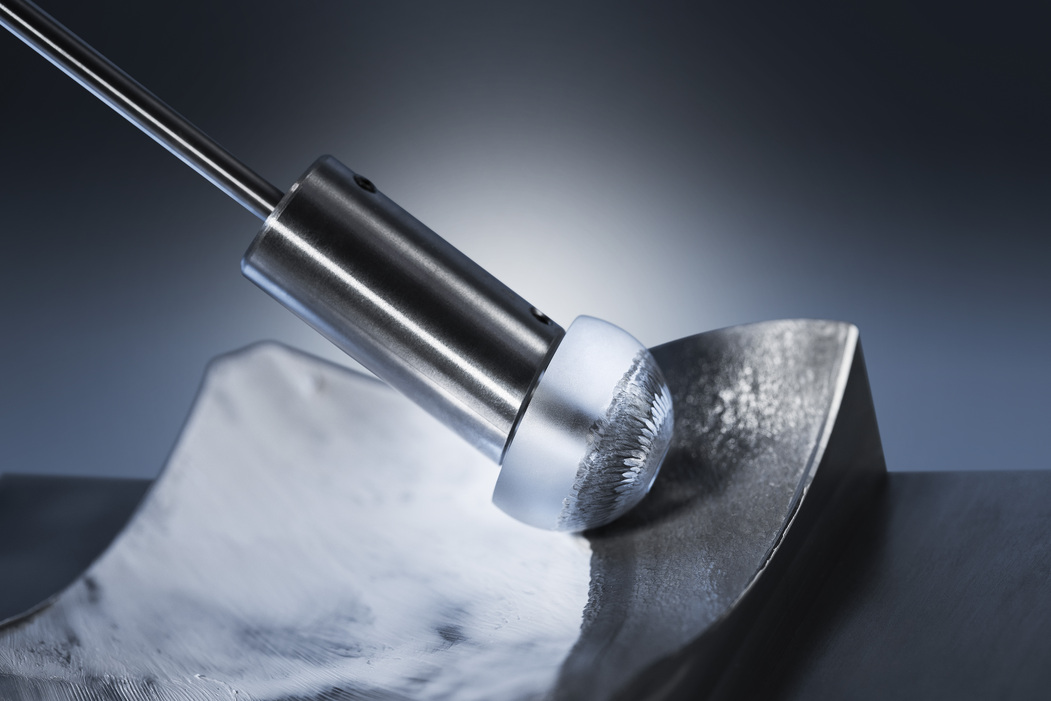
Delivers consistent sheen, finish, and texture across a range of shapes and materials. Ideal for decorative hardware with curved or multi-surface geometries.
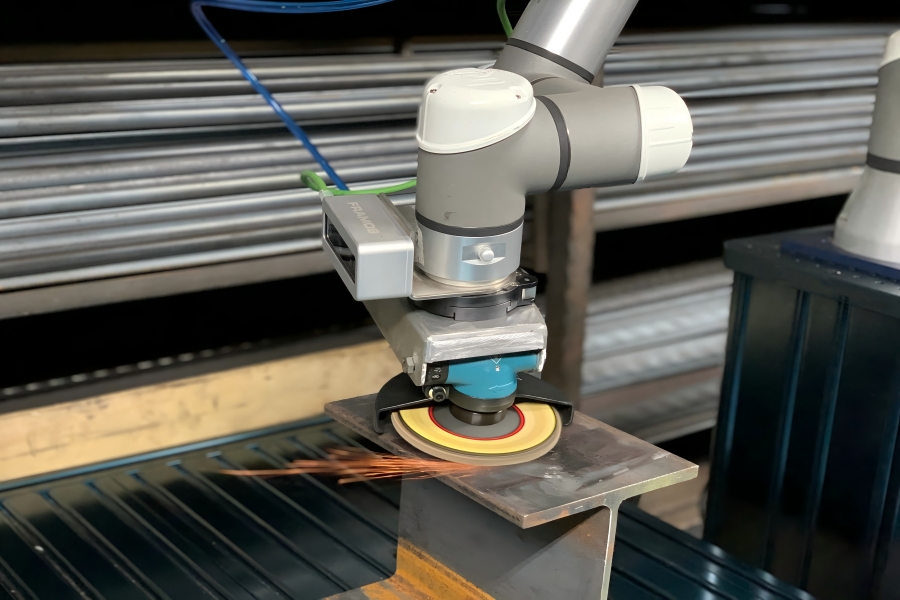
Ensures flat contact surfaces and consistent contouring across welded or cast furniture supports. Also improves powder coating or plating adhesion.
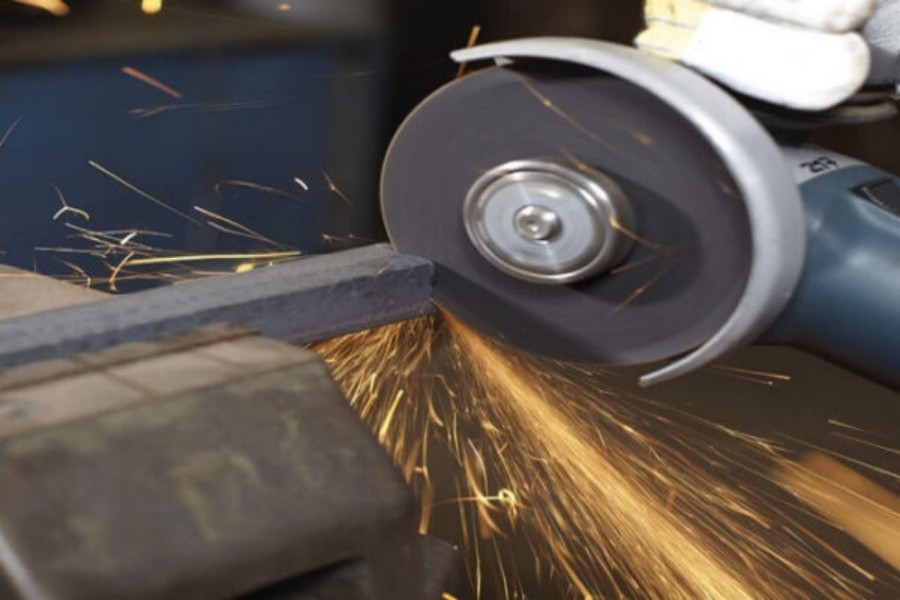
Eliminates rough edges or safety risks from small fittings, knobs, or appliance accessories, ensuring ready-to-use components with minimal post-processing.
Manual surface finishing processes are labor-intensive, time-consuming, and prone to inconsistencies. Automation addresses these challenges by providing:
From a brushed table leg to a polished espresso tamper, visual consistency is essential for market acceptance. Robotic systems offer repeatable motion control and stable tool pressure, producing flawless finishes batch after batch.
Applies to:
The furniture industry is driven by variety and seasonal design changes. Our robotic solutions offer fast setup and adaptive path control, enabling efficient production even for small series or custom orders.
Ideal for:
One robotic cell can replace multiple manual workers, delivering round-the-clock polishing and grinding. With tool-change automation and multi-fixture designs, cycle times are reduced while maintaining artisanal-grade detail.
Enables:
Manual polishing and grinding in furniture production involve vibration, airborne particles, heat, and repetitive strain. Automating these tasks not only reduces workplace risk but improves operator well-being and retention.
Supports:
With precision tool pressure, wear detection, and in-process monitoring, robotic systems reduce over-polishing, tool misuse, or accidental part damage. This leads to higher first-pass yield and optimised consumable usage.
Useful for:
Furniture hardware frequently incorporates blended contours, recessed surfaces, and material combinations like metal-plastic or coated alloys. Robotic systems equipped with multi-axis articulation and adaptive force control can finish complex geometries with high precision—achieving uniform results without damaging adjacent surfaces.
Suitable for:
• Decorative knobs with inlaid materials or layered construction
• Curved chair legs or contoured table brackets
• Multi-finish assemblies combining matte and gloss zones
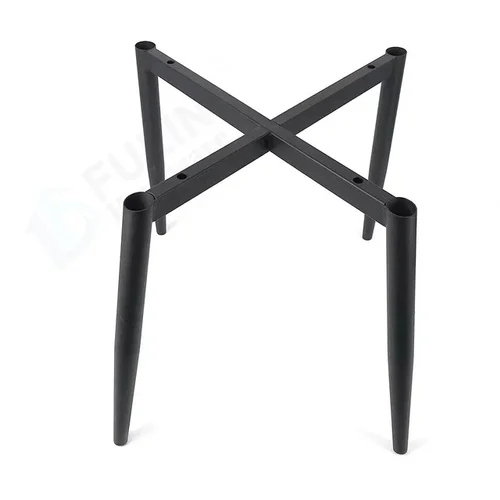
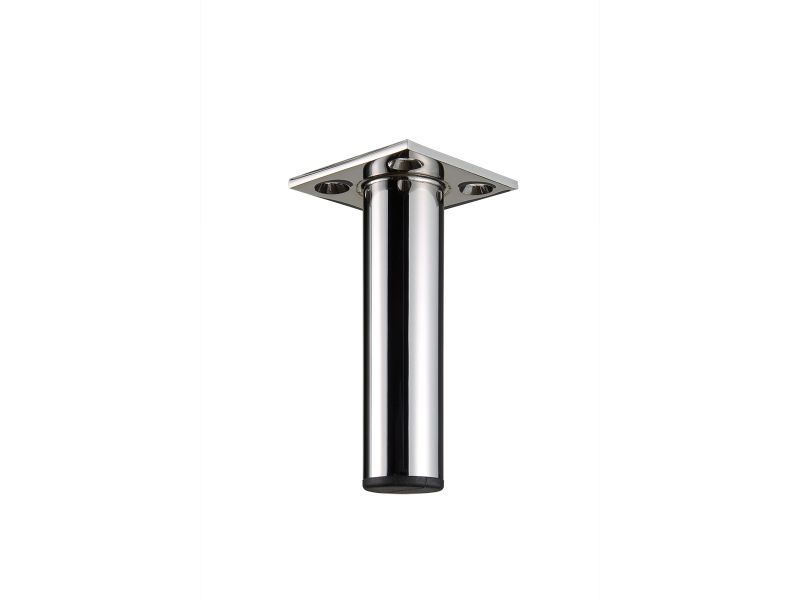
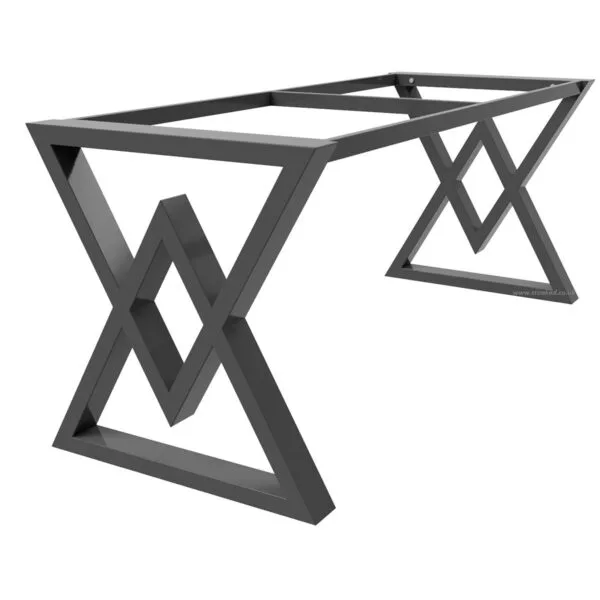
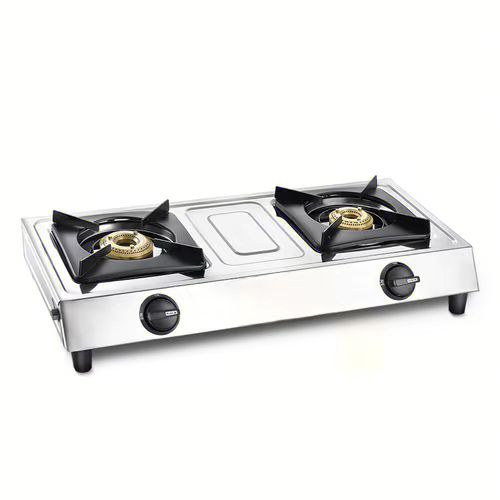
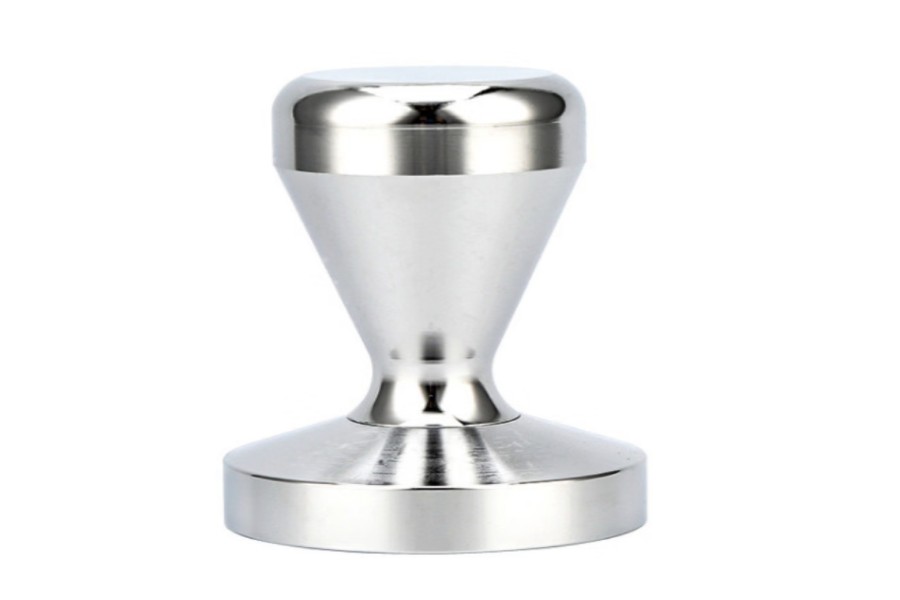
Automated polishing of coffee tampers to achieve a smooth, high-gloss finish.
Backed by decades of experience and partnerships with leading global brands.

We use cookies to collect information about how you use this site. We use this information to make the website work as well as possible and improve our services.